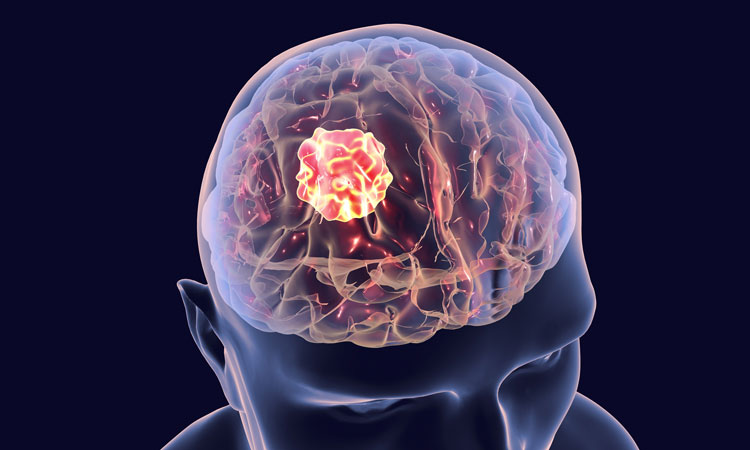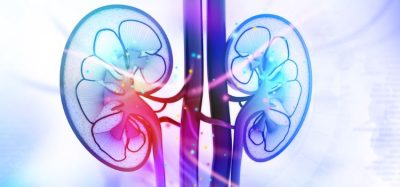Strategies developed for improving drug delivery for brain tumour treatment
Posted: 3 December 2019 | Rachael Harper (European Pharmaceutical Review) | No comments yet
Scientists have proposed combining ultrasound with other techniques to improve drug transport into brain tumours.


Scientists from the Georgia Institute of Technology, US have proposed two new strategies for improving the delivery of therapeutic agents for brain tumours.
“For a bloodborne therapeutic agent to be effective, it must cross the blood vessel wall to reach cancer cells in adequate quantities,” said Costas Arvanitis, who led the study. “However, tumours can thwart their effectiveness in many ways.”
While tumours are known to compromise the integrity of the blood-brain barrier, the makeup of the barrier is inconsistent, which prevents drugs from being uniformly distributed throughout the tumour.
“To overcome these obstacles, new nanoparticle drug formulations that are associated with lower toxicity and clearance times have been proposed,” he said. “Despite progress, improved nanoparticle penetration into brain tumours remains a major challenge.”
By combining focused ultrasound methods with different nanoparticle formulations, Arvanitis and his students, Yutong Guo and Chulyong Kim, have investigated two strategies for improving drug penetration into brain tumours. One approach is to use microbubbles to help overcome vascular barriers within the brain tumours and improve nanoparticle penetration across the vessel wall.
The second method uses ultrasound in combination with temperature-sensitive nanoparticles. In this approach, ultrasound is used to trigger the release of the encapsulated drug only within the tumour, locally increasing the drug effectiveness.
“While these concepts have been around for some time, our mechanistic investigations not only explain and underscore the potential of combining focused ultrasound with different nanoparticle formulations to treat brain cancer but also lay the groundwork for more rational design and deeper understanding of focused ultrasound-based treatment,” Arvanitis explained.
“Our results demonstrate that these therapeutic strategies can provide unique opportunities to improve the delivery of nanoparticles and their cargo in the brain and brain tumour microenvironment.”
Related topics
Drug Delivery Systems, Nano particles, Research & Development (R&D), Therapeutics









